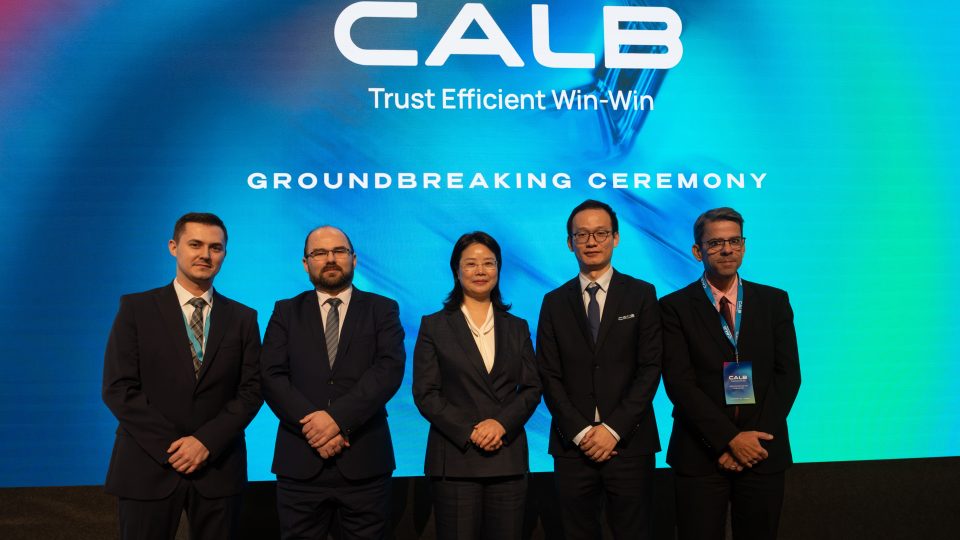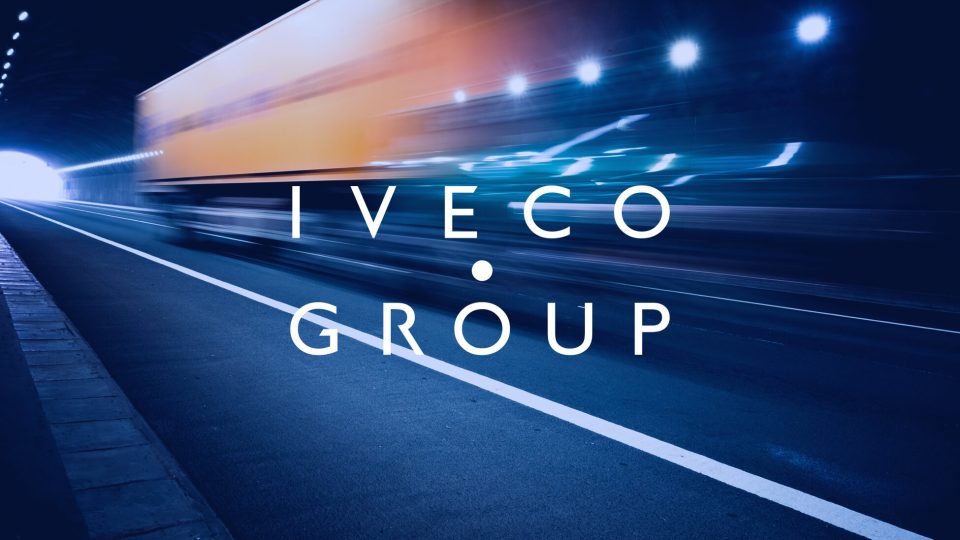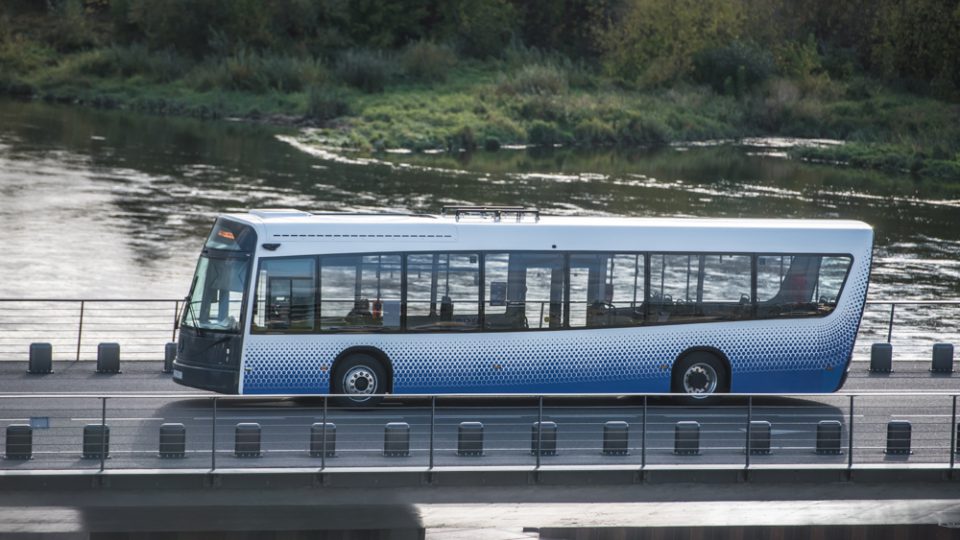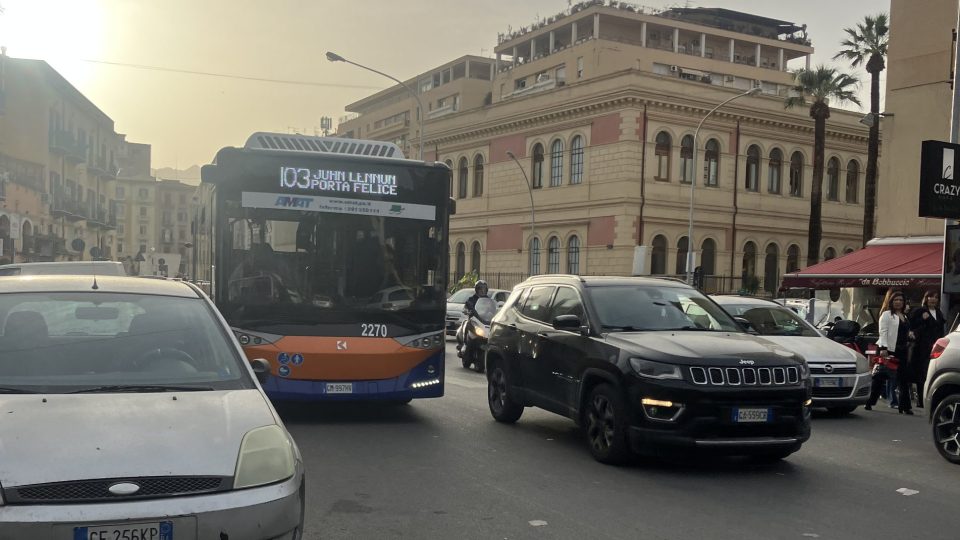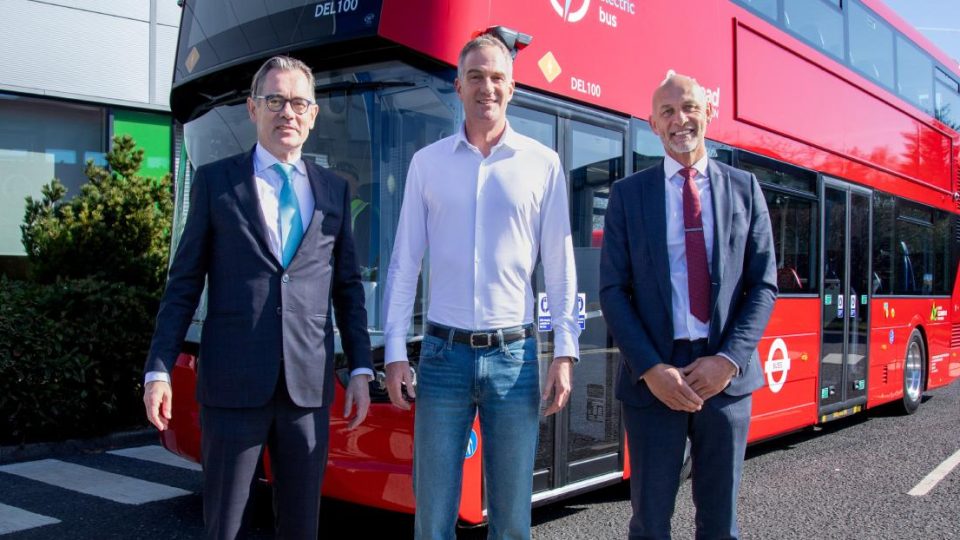Who is CCIG (China City Industrial Group), the Chinese giant ready to take 25% of Industria Italiana Autobus
Four letters, one abbreviation, one acronym: Ccig. Four letters, one abbreviation, one acronym that stand for China City Industrial Group. We went to look for some information on the entity that has been much talked about for months (since June 4) for its interest in taking over a share of the capital of Industria Italiana […]
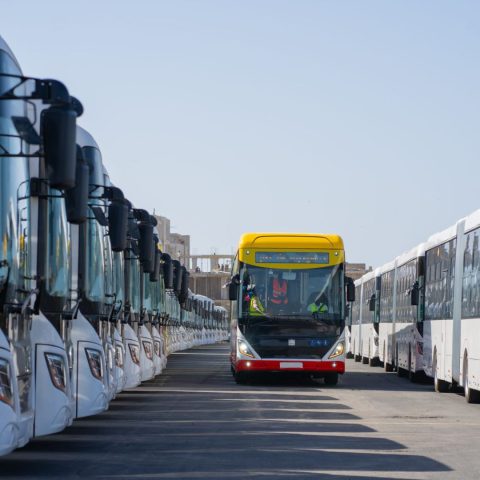
Four letters, one abbreviation, one acronym: Ccig. Four letters, one abbreviation, one acronym that stand for China City Industrial Group.
We went to look for some information on the entity that has been much talked about for months (since June 4) for its interest in taking over a share of the capital of Industria Italiana Autobus, which from the next few days, according to the new ownership itself, will no longer be called Industria Italiana Autobus but Menarinibus. According to what is known at the moment, Ccig is expected to enter IIA with a 25 percent stake, kindly granted by the new ownership of the Civitillo family (Seri Industrial), under the blessing of the Ministry of Business and Made in Italy Adolfo Urso.
CCIG-CRRC in the future of Menarinibus
Nothing complicated, really, in understanding who Ccig is. On the company’s website, there is a small page devoted to its identity card, which reads, “Founded in March 2016, CCIG (formerly known as ‘CRRC Urban Transportation Co., Ltd’) is a mixed-ownership, state-owned enterprise established as a joint venture between CRRC and local state capital and strategic investors in the Yangtze River Delta region.” Who those strategic investors are, however, is to be understood. We are sure that at Mimit they know who they are.
CRRC is known to us, having met its vehicles at trade shows in Europe, but compared to other manufacturers in the Dragon Country such as Yutong and Byd, for example, it has yet to put down roots in the Old Continent and Italy.
We read further, “The company is headquartered in Fenhu, Wujiang, Suzhou, with total assets of nearly 50 billion yuan (about 6 billion euros, ed.), net assets of more than 28 billion yuan and nearly 10,000 employees.” The company, it further reads, “has major manufacturing and service bases in the Yangtze River Delta, Pearl River Delta, Bohai Rim, Central China, and Hungary, Malaysia, and Singapore, with electromechanical and electrical research and development institutes in Germany and Japan.”
Unlike Seri Industrial, which has never built buses or otherwise four-wheeled vehicles intended to transport people or goods, the Chinese group has. A group that has its hands and feet in five industries with five divisions, “Greenway Heavy Industries, GS Mechatronics, Greenway Electric, CRRC MRT, and Galactic Development, and two companies listed on the main A-share board: Thinker Agricultural Machinery and Heshun Electric (Harmonic Electric).”
In short, the Chinese giant is engaged in key sectors such as automotive, mechatronics, agricultural machinery, energy storage systems, and elevation systems, domestic and otherwise.
On the website, a section is reserved just for the automotive offering, which consists of a wide range of bus&coach: four electric bus models (6, 8, 12 and 18 meters respectively) and three fuel cell (8.5 – 10.5 and 12 meters) and four diesel or gas models, two for each type of traction. Coming to the tourers, as many as 9 torpedoes are in the portfolio: three battery-powered (7, 9 and 11 meters), two hydrogen-powered (7 and 11 meters) and three diesel-powered (7.2 – 9 – 12 meters).
The know-how seems to be there, the firepower too. On the quality of the products we do not express ourselves, because we really cannot, having seen and touched them only at the exhibition stands around the world. The combination IIA-CRRC, pardon Menarinibus-CCIG can lead to churning out city and intercity buses (and who knows, maybe even Class III) competitive for the Italian and European markets. But there are still too many “but”: we will see…

